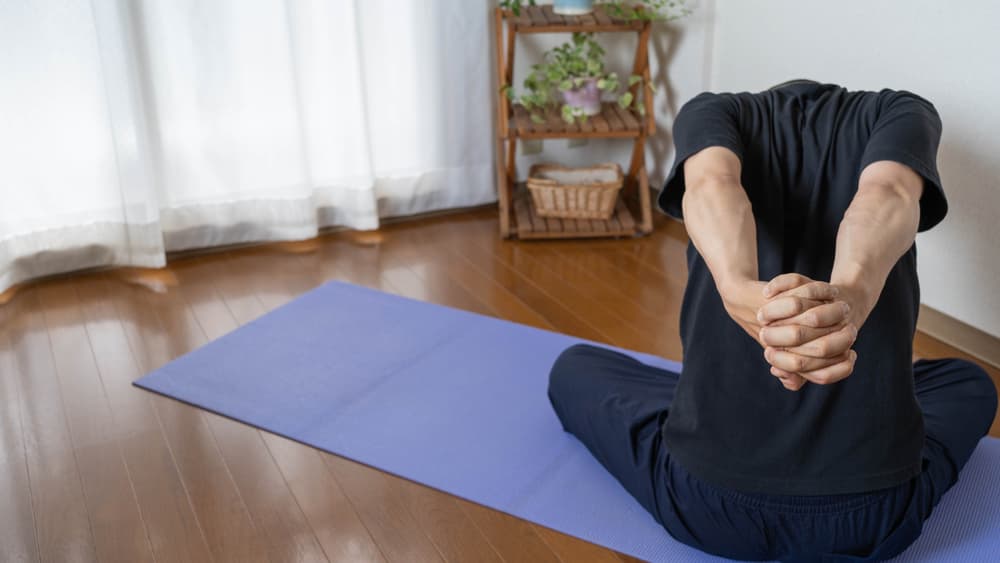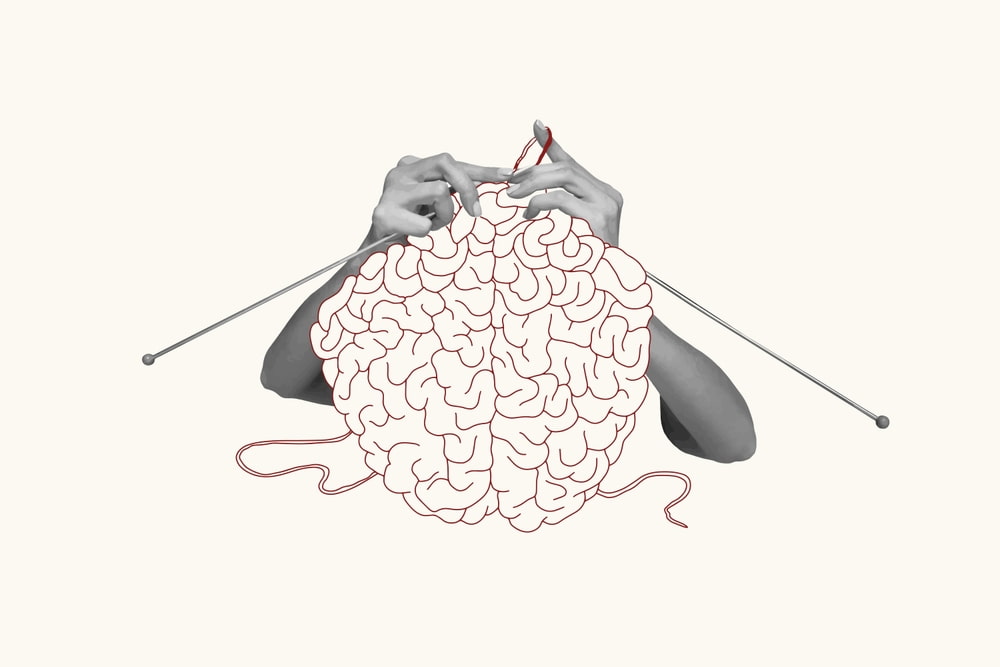How to practice gratitude daily for mental peace


The Power of Gratitude for Mental Peace
Gratitude is one of the simplest yet most powerful tools for mental wellness. Whether you’re dealing with stress, anxiety, or just the everyday challenges of life, a consistent gratitude practice can help you cultivate a sense of calm and peace. By focusing on the positive aspects of life, gratitude helps to reframe negative thought patterns and enhances emotional well-being.


Why Gratitude is Important for Mental Wellness
Gratitude, as the cornerstone, is about recognizing the good in your life that seems almost insignificant. The act of truly acknowledging the people, things, and experiences that we are grateful for trains the brain to focus on abundance as well as scarcity. The transition to a different perspective has been backed by various studies to have a positive effect on mental health by reducing the feelings of anxiety, depression, and stress. The stronger you become at being grateful, the sher stronger you have a barrier against negative emotions and you create a resilience and social-emotional trail.


The Role of Gratitude in Enhancing Emotional Well-Being
Positive emotions like happiness, contentment, and peace are part of gratitude. These are very crucial to emotional well-being. It allows you to be present and connected and to not rattle around with past or future problems by having gratitude. In other words, gratitude brings in the emotional balance which helps a person to lighten the load of the obstacles with a more positive perspective.
The Science Behind Gratitude: How It Affects Your Mind


The Impact of Gratitude on the Brain and Mental Health
Gratitude isn’t just a feel-good activity; it has a tangible impact on your brain. Research shows that when you express gratitude, your brain releases feel-good neurotransmitters like dopamine and serotonin, which are associated with positive emotions and overall well-being. Studies have also demonstrated that regularly practicing gratitude can physically alter the structure of the brain, specifically in areas associated with self-regulation and emotional processing, like the prefrontal cortex.
This brain chemistry is linked to improvements in mental health. People who consistently practice gratitude tend to have lower levels of stress and anxiety and greater emotional resilience. This is because gratitude encourages the brain to focus on positive experiences, which can help alleviate negative emotional states over time.
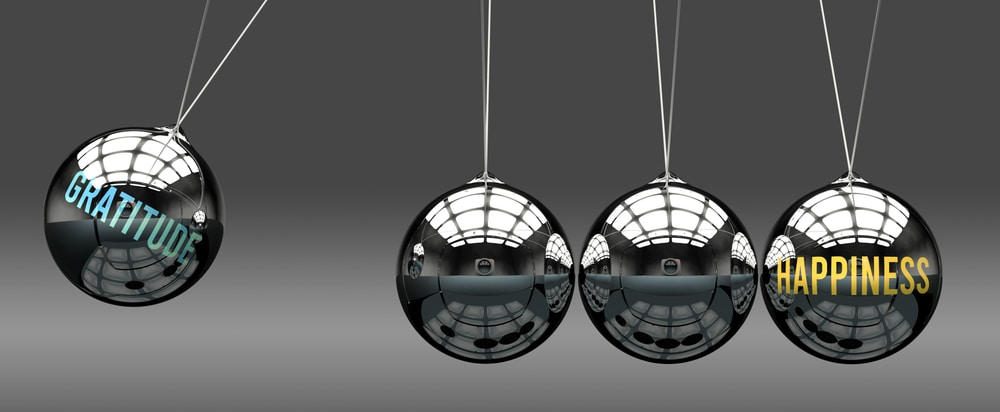

Research Findings on Gratitude and Its Benefits
Numerous studies have highlighted the mental health benefits of gratitude. For example, a study published in Psychological Science found that people who kept a daily gratitude journal experienced increased happiness and lower levels of depression. Another study published in Journal of Research in Personality revealed that people who practiced gratitude showed greater levels of optimism, improved sleep, and a higher sense of well-being.
Overall, research consistently supports the idea that gratitude has a positive, lasting impact on mental health, and its benefits extend to increased emotional stability and mental clarity.
The Many Forms of Gratitude Practices
Gratitude can be practiced in various forms, depending on your preferences and lifestyle. Here are some common and effective gratitude practices that can help you cultivate mental peace:


Gratitude Journaling: Writing for Mental Clarity
One of the most popular and effective gratitude practices is journaling. Writing down what you’re grateful for each day allows you to reflect on the positive aspects of your life and shifts your focus away from negative thoughts. A gratitude journal doesn’t have to be complicated—just a few sentences or bullet points every day can make a significant impact on your emotional well-being.
Tips for Gratitude Journaling:
- Set aside a specific time each day (e.g., in the morning or before bed) to write.
- Focus on both big and small things you’re grateful for—relationships, health, nature, or even a delicious cup of coffee.
- Be specific—try to describe why you’re grateful for something, not just the thing itself.
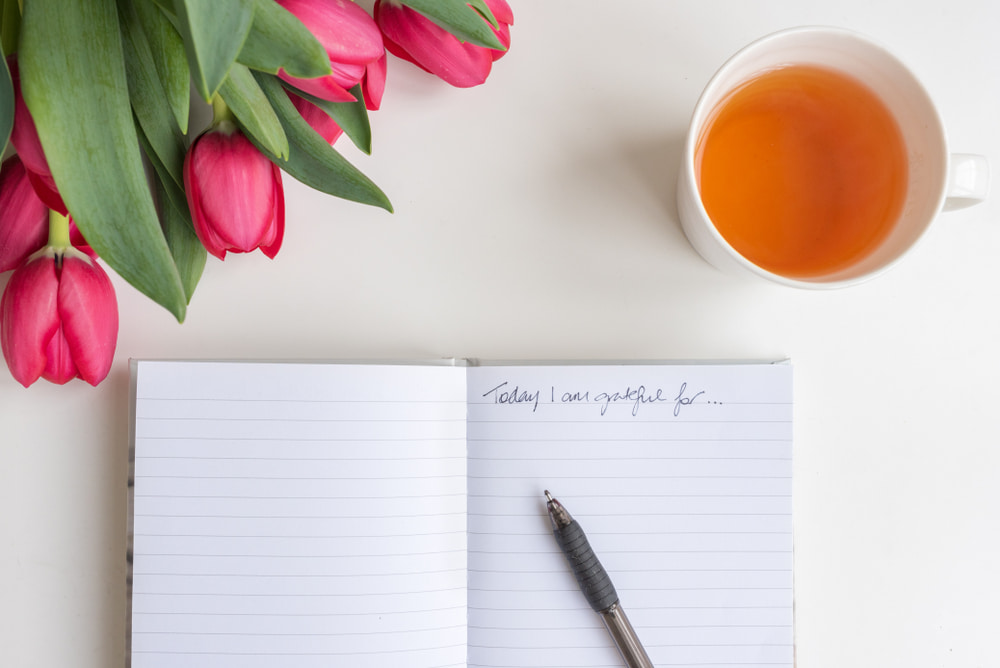

Creating a Gratitude List: Simple Steps to Shift Your Mindset
If journaling isn’t your style, creating a simple gratitude list can be just as effective. Start by writing down at least three things you’re thankful for each day. These can be people, experiences, or small moments that bring you joy. Over time, this practice will shift your mindset from one of scarcity to one of abundance.
Simple Gratitude List Ideas:
- Your morning coffee or tea
- A supportive friend or family member
- A beautiful sunset or walk in nature
- Achievements, big or small


Gratitude Meditation: Finding Peace Through Focused Gratitude
Meditation can be a powerful way to enhance your gratitude practice. By incorporating gratitude into your meditation routine, you create space for mindfulness and reflection. A simple gratitude meditation involves focusing on the things you’re thankful for, either silently or aloud, and allowing yourself to fully experience the positive emotions associated with each thought.
How to Practice Gratitude Meditation:
- Find a quiet, comfortable space.
- Close your eyes and take a few deep breaths to center yourself.
- Bring to mind things you are grateful for, focusing on one at a time.
- As you think of each one, allow yourself to feel the positive emotions that arise.
- End your practice by taking a few more deep breaths and feeling a sense of calm.
Expressing Gratitude: Saying “Thank You” in Meaningful Ways
Gratitude isn’t limited to writing—it can also be expressed through action and words. Take the time to thank people in your life, whether it’s for something small or significant. Expressing gratitude helps deepen relationships and creates a positive environment around you.
Ways to Express Gratitude:
- Send a thank-you note or text to someone who has made a difference in your life.
- Verbally thank a colleague, friend, or family member for their support.
- Volunteer or contribute to a cause that makes you feel grateful for your own blessings.
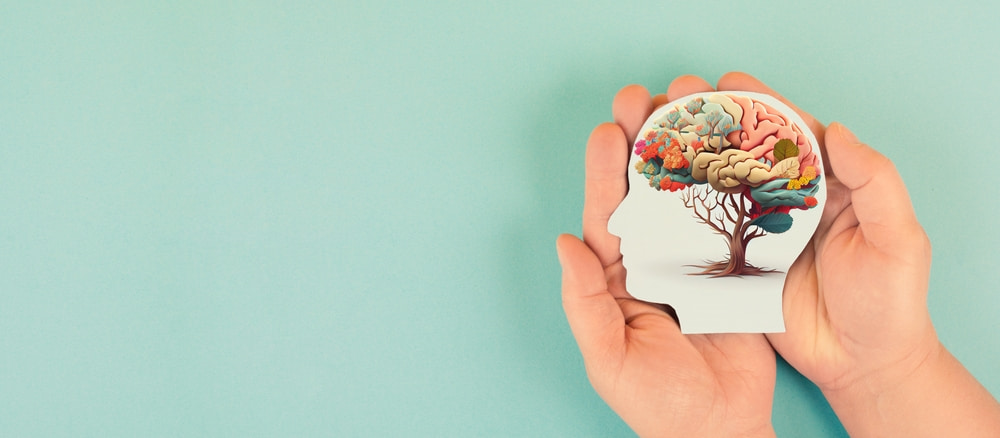

How Gratitude Improves Mental Health
Gratitude plays a central role in improving mental health by fostering a positive mindset and reducing negative emotions. Here’s how it works:
The Connection Between Gratitude and Positive Thinking
Gratitude naturally leads to positive thinking by encouraging you to focus on the good things in life rather than dwelling on the negative. Positive thinking has been linked to reduced levels of anxiety and depression, as well as improved emotional resilience. When you practice gratitude, you train your mind to spot the positives in any situation, which helps you maintain an optimistic outlook even in challenging times.
The Benefits of Gratitude for Anxiety, Stress, and Depression
Gratitude has been shown to reduce symptoms of anxiety, stress, and depression. A study published in Journal of Anxiety Stress Coping found that people who practiced gratitude experienced less anxiety and depression compared to those who did not. By acknowledging and appreciating the positive aspects of life, you create a psychological buffer against the negative effects of stress.
How Gratitude Leads to Improved Mental Wellness
Gratitude improves mental wellness by boosting self-esteem, promoting feelings of connectedness, and encouraging self-reflection. It fosters emotional healing by helping you focus on the things that bring you peace, joy, and fulfillment. This emotional shift can lead to a more balanced, centered life, where mental wellness is prioritized.
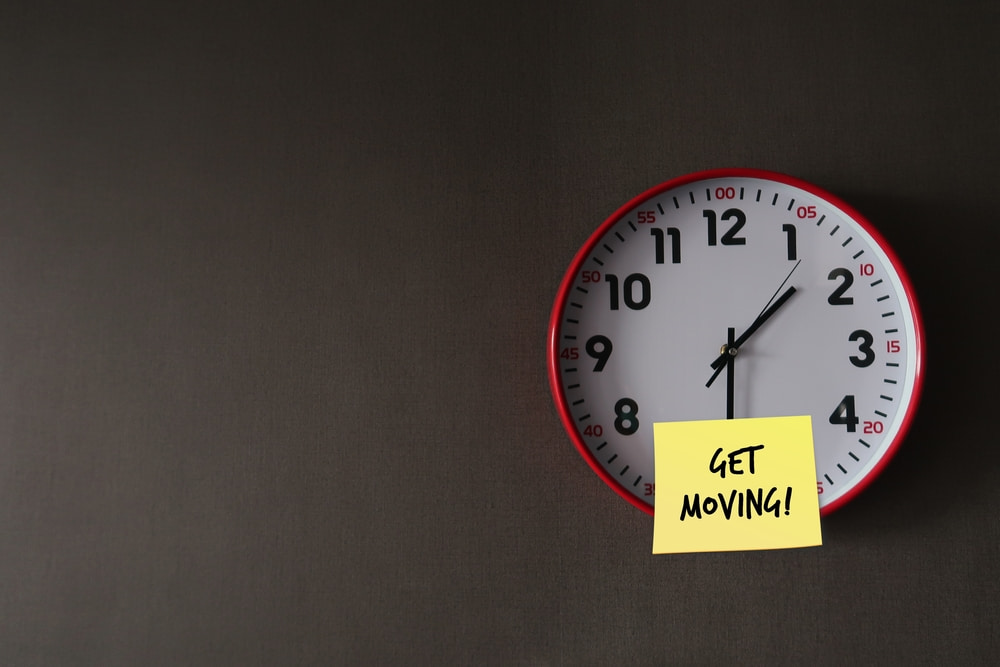

Daily Gratitude Practices: How to Make Gratitude a Habit
Incorporating gratitude into your daily life can help you experience its benefits more fully. Here’s how you can make gratitude a habit:
Setting Aside Time for Gratitude Each Day
The key to making gratitude a habit is consistency. Set aside a specific time each day to practice gratitude, whether it’s in the morning before starting your day or in the evening as a way to wind down. Over time, this ritual will become second nature.
Gratitude Ritual Ideas:
- Start your day by writing down three things you’re grateful for.
- End your day by reflecting on positive moments that happened throughout the day.
- Use a gratitude app to track your practice and remind you to reflect daily.
Creating a Morning or Evening Gratitude Ritual
A gratitude ritual can be as simple as listing a few things you’re thankful for each morning or evening. Incorporating mindfulness into this practice can help you stay present and fully appreciate each moment. You can also combine this with other activities, like meditation or deep breathing, for a more holistic approach.
Using Mindfulness to Deepen Your Gratitude Practice
Mindfulness is the practice of staying present and fully experiencing the moment. By incorporating mindfulness into your gratitude practice, you can deepen your connection to the positive things in your life. Pay close attention to the emotions you feel as you reflect on what you’re grateful for, and allow yourself to truly experience those emotions.
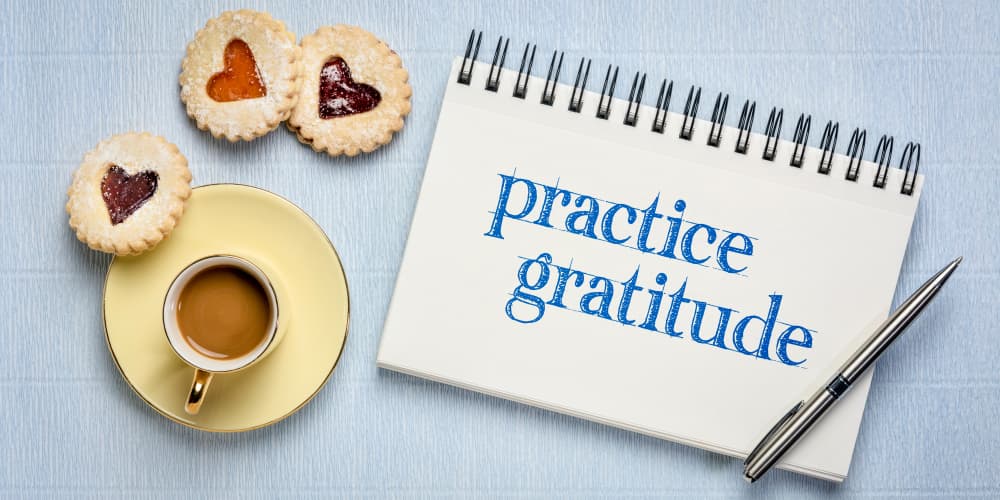

Overcoming Challenges in Practicing Gratitude
Starting a gratitude practice can feel like a transformative step toward greater mental peace. However, like any new habit, it can come with its own set of challenges. Let’s explore the common obstacles people face and how you can overcome them to maintain a consistent and meaningful gratitude practice.
Common Obstacles in Starting a Gratitude Practice
- Time Constraints: Many people struggle to make time for gratitude, especially if they already feel overwhelmed with daily tasks. Between work, family, and other responsibilities, it can feel like there’s no room for self-reflection.
- Lack of Motivation: At the start, it may be hard to feel motivated to practice gratitude every day, especially if you’re in a tough mental space. It’s easy to overlook the small positives in life when you’re focused on bigger challenges.
- Overthinking: Another obstacle is the tendency to overcomplicate the practice. Many people think that gratitude has to be profound and detailed each time, which can lead to frustration if nothing seems “big enough” to be grateful for.
- Doubt: You may question whether gratitude actually makes a difference, especially if you don’t see immediate results. It’s common to wonder, “Is this really helping me feel better?”


How to Stay Consistent with Gratitude Journaling
Building consistency in your gratitude practice requires a bit of effort, but it’s definitely achievable. Here are a few tips:
- Set a Specific Time Each Day: Consistency is key, so make gratitude a part of your routine. Whether you choose to journal in the morning, right before bed, or during lunch, pick a time that fits your schedule. This helps create a habit that you can sustain.
- Start Small: Don’t pressure yourself to write long entries every day. Start by jotting down 1-3 things you’re grateful for. As you get comfortable, you can expand your practice, but keep it manageable so it doesn’t feel like another task.
- Use Prompts to Spark Ideas: If you’re unsure what to write, using gratitude prompts can help you think of new things each day. Prompts such as “What made you smile today?” or “Who helped you recently?” can provide fresh perspectives.
- Track Your Progress: Keeping track of your gratitude journey can motivate you to stick with the practice. You could use a physical journal, a gratitude app, or a simple spreadsheet to log your daily entries.
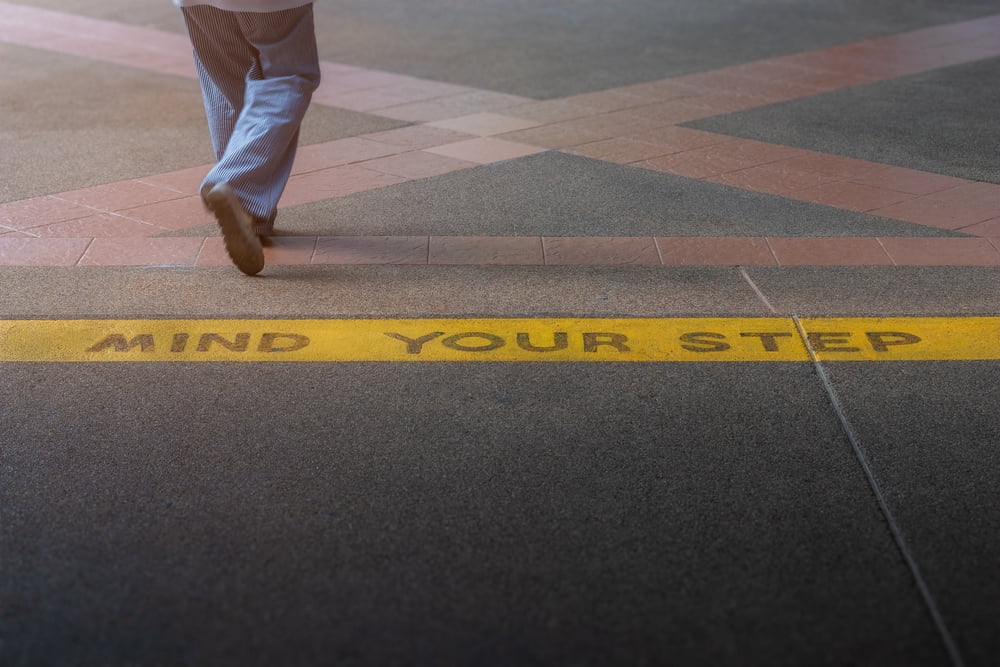

Tips for Keeping Gratitude Fresh and Meaningful
One of the challenges of gratitude practice is that it can become repetitive. To avoid burnout and keep your practice fresh, try these tips:
- Switch It Up: Change the format of your gratitude practice occasionally. If you’ve been journaling for a while, try expressing your gratitude through a letter, a voice memo, or even a social media post where you acknowledge something positive in your life.
- Focus on Different Areas: Every day doesn’t need to be about the same things. One day, focus on relationships, the next on your career, and the day after that, on personal growth. By diversifying your focus, you’ll prevent the practice from feeling monotonous.
- Revisit Past Entries: Take time to read back through your gratitude journal from time to time. Not only will this remind you of all the positive things you’ve experienced, but it will also help you see the growth you’ve made over time.
Stories of Successful People Who Use Gratitude for Mental Peace
Gratitude isn’t just a personal tool—it’s also an essential part of the routine for many high achievers. Let’s take a look at how some successful people use gratitude for mental peace and personal growth.
Oprah Winfrey’s Daily Gratitude Practice
Oprah Winfrey, one of the most influential women in the world, attributes much of her success to the practice of gratitude. She has long been an advocate for gratitude journaling, claiming that it’s helped her navigate challenges and stay focused on the positives in life. Oprah writes down five things she’s grateful for every day, no matter how small. She believes that gratitude is the foundation for everything else, including her mental clarity, health, and success.
Tony Robbins and the Power of Gratitude for Personal Growth
Tony Robbins, a renowned motivational speaker and author, incorporates gratitude into his daily routine to maintain a positive mindset. Robbins believes that gratitude helps you shift your emotional state and refocus your energy. He uses “priming” exercises, which include gratitude practices, to start each day with positive energy. This ritual helps him build momentum and feel more empowered throughout the day.
Arianna Huffington’s Perspective on Gratitude for Well-Being
Arianna Huffington, the founder of HuffPost and author of The Sleep Revolution, is a strong proponent of gratitude, especially for mental and emotional well-being. She recommends starting and ending the day with gratitude, as she believes this simple practice can help you sleep better, reduce stress, and increase happiness. Huffington’s focus on gratitude aligns with her overall belief in holistic well-being, including mindfulness, self-care, and balanced living.
Tim Ferriss and His Gratitude Habits for Productivity
Tim Ferriss, author of The 4-Hour Workweek and Tools of Titans, practices gratitude to fuel his productivity and mental clarity. Ferriss is known for writing in his gratitude journal every morning, focusing on what went well the previous day and what he’s thankful for in his personal and professional life. He believes that gratitude creates a positive feedback loop, where positive thoughts lead to positive actions, ultimately leading to increased productivity.
Richard Branson’s Approach to Gratitude for Mental Clarity
Richard Branson, the billionaire founder of Virgin Group, is a firm believer in the power of gratitude to maintain mental clarity. Branson practices gratitude regularly to stay grounded and calm, especially during times of stress. He attributes his ability to make clear decisions and stay level-headed to his daily gratitude practice, which he believes nurtures his mental wellness.
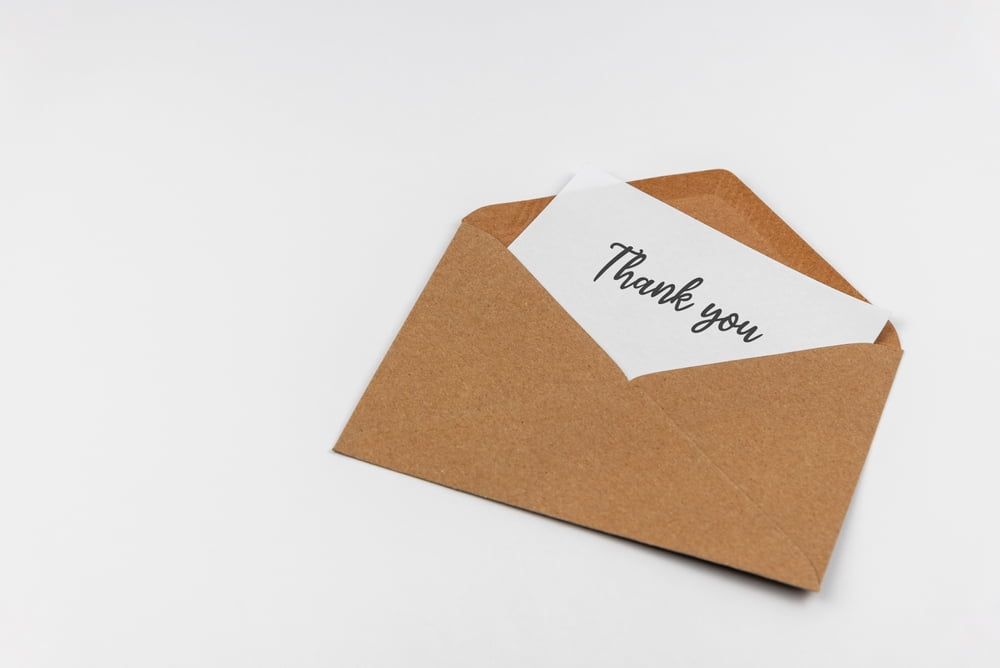

Practical Tips for Building Your Gratitude Routine
If you’re ready to start your gratitude journey, here are some simple exercises and tools that can help you build a consistent routine:
Simple Exercises to Start Today
- Gratitude Journaling: Spend 5 minutes each day writing down three things you’re grateful for. These can be big (e.g., family, health) or small (e.g., a hot cup of coffee, a beautiful sunset).
- Gratitude Meditation: Dedicate 5-10 minutes to meditating on the things you’re grateful for. Sit quietly, breathe deeply, and mentally acknowledge the blessings in your life.
- Thank You Notes: Take time to send a handwritten note or email to someone you’re grateful for. Expressing appreciation strengthens relationships and brings positivity into your day.
Tools to Help You Track Your Gratitude Journey
- Gratitude Apps: Use apps like Grateful or Daylio to log your gratitude entries and keep track of your progress. These apps allow you to reflect on past entries and maintain consistency.
- Gratitude Jar: Create a physical gratitude jar where you add a note of gratitude each day. This can be a fun and visual way to see how much you have to be thankful for.
- Bullet Journals: For those who love organization, a bullet journal can be a great tool for logging gratitude. You can create a dedicated space in your journal to track daily entries.
Journaling Prompts to Deepen Your Gratitude Practice
If you’re stuck on what to write about, try these prompts to deepen your practice:
- “What’s one small thing today that made you smile?”
- “Who in your life has helped you recently, and how?”
- “What is something you’ve taken for granted that you’re thankful for now?”
- “What’s a challenge you’ve overcome, and what did you learn from it?”
Embrace Gratitude for Lasting Mental Peace
Gratitude is not just a fleeting emotion—it’s a powerful practice that can bring lasting peace and well-being. By integrating gratitude into your daily routine, you can foster a positive mindset, enhance mental clarity, and improve your emotional health. Whether you choose to journal, meditate, or express gratitude through words and actions, the key is consistency and authenticity.
By embracing gratitude, you can create a mental wellness practice that supports your emotional health, helps you manage stress and anxiety, and leads to greater peace in your life.
FAQs: Common Questions About Gratitude Practice
How long does it take to see the benefits of gratitude practice?
The benefits of gratitude can be noticed almost immediately, especially in terms of improving your emotional state. However, for lasting mental peace, consistency over time is essential. Most people begin to notice a shift in their mindset within a few weeks of practicing daily gratitude.
Can gratitude really help with anxiety and depression?
Yes, gratitude has been shown to reduce symptoms of anxiety and depression by shifting focus away from negative thought patterns. Regular gratitude practice can improve emotional resilience and promote a more balanced outlook on life.
Is a gratitude practice just about writing things down?
No, a gratitude practice can be as simple as taking a moment to reflect on what you’re grateful for, whether in writing or verbally. You can also express gratitude through small actions, such as thanking others or performing kind deeds. The key is to make gratitude a meaningful part of your daily routine.




